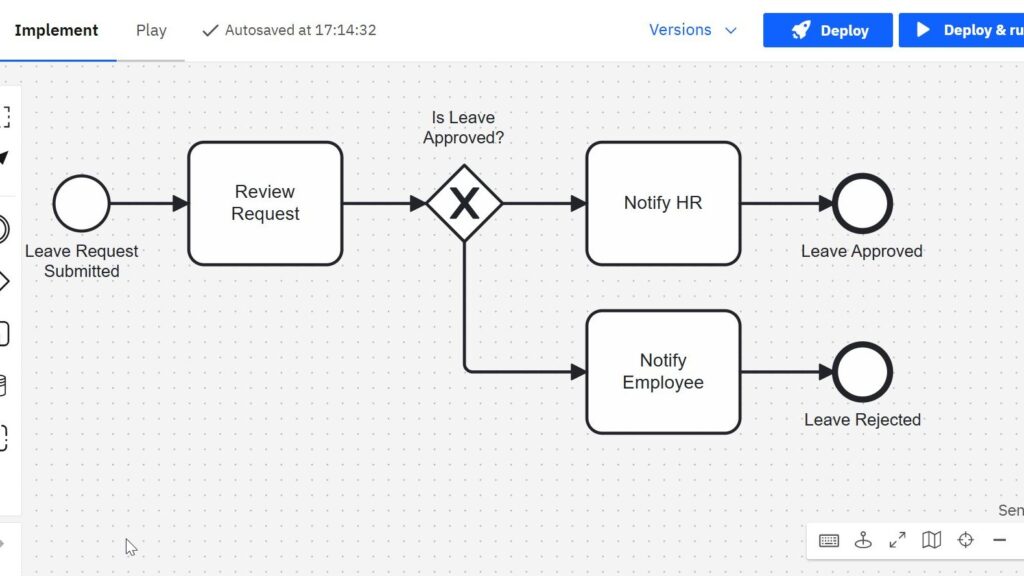ITIL Service Request Management
Managing service requests efficiently is crucial in today’s fast-paced IT environments. I believe ITIL Service Request Management offers a clear roadmap for fulfilling predefined service needs. With its structured approach, it ensures services meet agreed quality levels while being user-friendly. Let me guide you through what this practice entails and how businesses can leverage it effectively.
ITIL Service Request Management Read More »


















